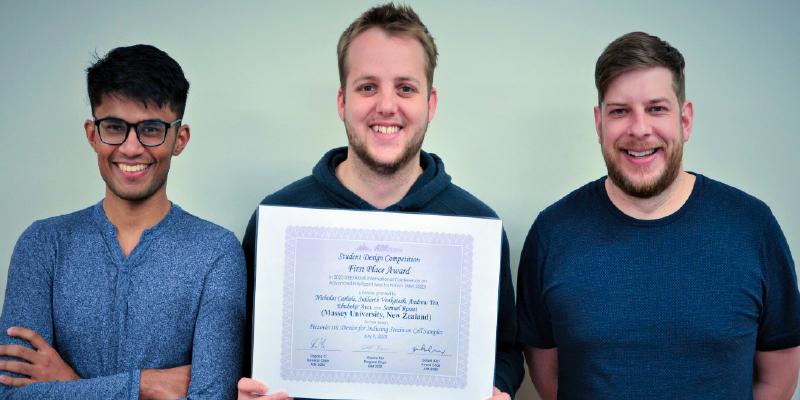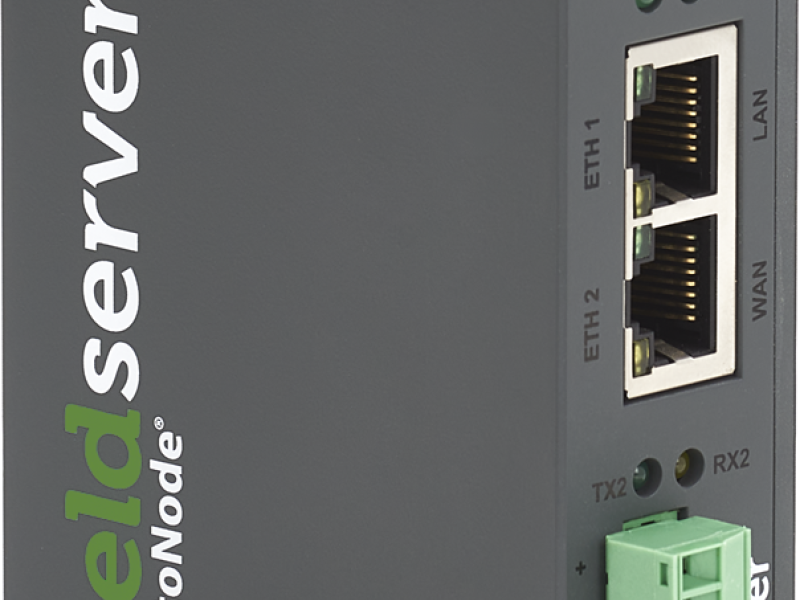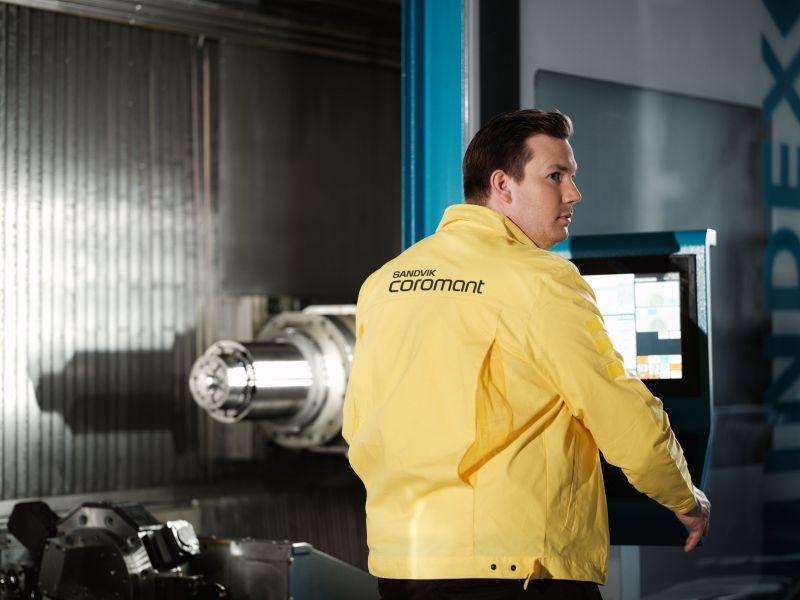AIM 2020 is a flagship conference on mechatronics and intelligent systems, with the goal to bring together an international community of experts to discuss state-of-the-art developments, new research, perspectives on future developments and innovative applications relevant to mechatronics, robotics, automation, industrial electronics and related areas.
Mechatronics students Nicholas Carlisle, Siddharth Venkatesh and Andrew Yeo were due to travel to Boston to present their idea. However, due to Covid they instead presented over Zoom at 3am on July 7.
“Competing in the AIM 2020 Student Design Competition was such an amazing experience. It provided the opportunity to experience engineering and research in an international setting, and to prove that we deserved to be there,” said Yeo.
Their winning design was a device which can induce compressive and tensile strain on electrically-sensitive biological cell samples, allowing for researchers to measure the resulting reactions. This device holds the potential to further our understanding of the mechanics of traumatic injuries, such as concussion, and give insight into the growth of mutated cells, like cancer.
Venkatesh says he was amazed at the high level of knowledge and expertise gathered at the conference.
“I was able to experience first-hand the latest in engineering and technology and to further my understanding in the field of robotics.”
The Manawatū -based team, supervised by Dr Ebu Avci – a senior lecturer in mechatronics in the School of Food and Advanced Technology – worked in conjunction with the Auckland Bioengineering Institute supported by Samuel Rosset.
Yeo credits Massey’s teaching staff with giving him the knowledge and confidence to enter the competition.
“While watching the presentations I felt there was no project that jumped out at me as something I had not been exposed to and I think this is a result of the exposure given by the courses and teaching staff I have interacted with through my degree. Looking at some of the projects completed by my Massey peers, I believe they could also compete and do well in future conferences,” Andrew says.
The final round of presentations consisted of 12 teams from universities across Europe, Asia, North America and Oceania. Designs ranged from artificial muscles and exoskeletons, to self-driving vehicles and image processing applications.






